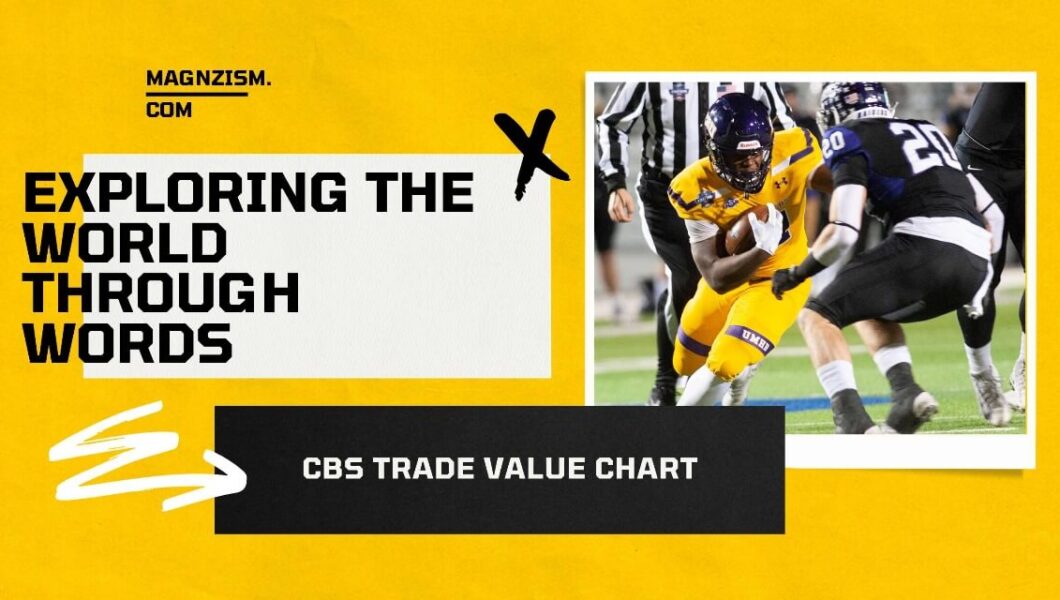In the world of American football, the CBS Trade Value Chart is a widely recognized and respected tool used by coaches, general managers, and fans to assess the relative value of players in the context of potential trades. This chart assigns a numerical value to each player based on their perceived worth and contributions to a team. But what exactly is trade value, and why is the CBS Trade Value Chart so important in the world of football?
What is Trade Value?
Trade value, in the context of football, refers to the perceived worth of a player in relation to other players. It’s a measure of a player’s impact on the field, taking into account various factors such as performance, position, age, contract status, and potential. Understanding a player’s trade value is essential when teams are considering trades, as it helps assess whether the trade is fair, lopsided, or beneficial for both parties involved.
The CBS Trade Value Chart: A Valuable Tool
The CBS Trade Value Chart is a widely recognized and referenced tool used in the NFL and fantasy football communities to assign numerical values to NFL draft picks. Created by former NFL coach and executive Charley Casserly, this chart assigns point values to each draft pick from the first round to the seventh round. The values are designed to represent the approximate worth of each pick in terms of talent and potential.
The Importance of the CBS Trade Value Chart in Football:
1. Balancing Trades:
One of the primary purposes of the CBS Trade Value Chart is to ensure that trades are equitable. It helps teams avoid making lopsided deals that could weaken one side significantly. By assigning numerical values to players, teams can negotiate with a clearer understanding of each player’s worth.
2. Strategic Decision-Making:
Coaches and general managers use the CBS Trade Chart to make strategic decisions about their team’s roster. It aids in identifying areas of strength and weakness and guides the acquisition or disposal of players accordingly.
3. Draft Picks:
The chart isn’t limited to current players. It’s also valuable during NFL drafts when teams are considering trading draft picks. It helps teams gauge the value of their picks and make informed decisions about whether to trade up, trade down, or stay put in the draft.
4. Contract Negotiations:
When negotiating player contracts, teams consider a player’s trade value. A player with a higher trade value may have more bargaining power when it comes to salary negotiations, while teams may be more willing to offer extensions to players with substantial trade value.
5. Fan Engagement:
The CBS Trade Value Chart is not just a tool for professionals; it’s also a popular topic among football fans. It sparks discussions, debates, and speculation among fans about potential trades, draft picks, and the future of their favorite teams.
6. Draft Strategy:
The chart influences draft strategies, as teams may target specific positions or players based on their trade value relative to their draft position. It can also be a reference point for deciding whether to trade a current player for a draft pick.
In conclusion, the CBS Trade Value Chart is a valuable resource in the world of football, helping teams and enthusiasts alike assess the worth of players, make informed decisions, and maintain a balanced and competitive league. It serves as a tool for fairness, strategy, and transparency in player transactions, enhancing the overall experience of the game for fans and professionals alike.






